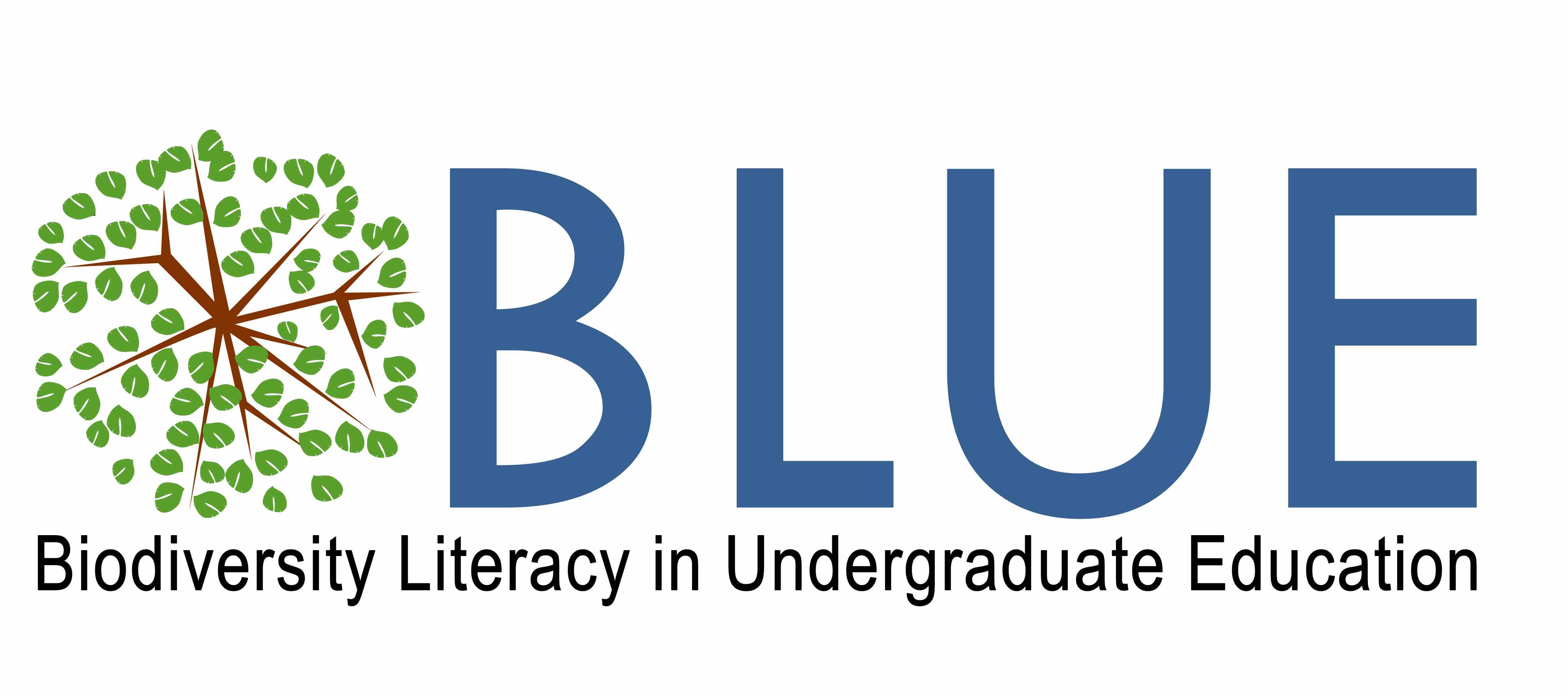An Introduction to Biodiversity Databases and Specimen Images
Author(s): Amanda Fisher
Long Beach State University
1746 total view(s), 671 download(s)
Summary:
In this module, students will be introduced to some biodiversity data resources and how to search for and download herbarium specimen images. They will be asked to think critically about the strengths and utility of these data resources.
Contents:
Biodiversity Databases and Specimen Images.docx(DOCX | 3 MB)
GBIF User Guide.docx(DOCX | 3 MB)
IDigBio User Guide.docx(DOCX | 2 MB)
- License terms
Description
This resource is an adaptation of Data is the New Science for an upper-division undergraduate Plant Morphology course at Long Beach State. In addition to the databases used in the original module, the Consortium of California Herbaria 2 and iNaturalist are included here.
Students completing this module will be able to:
- Access data from biodiversity digital data repositories CCH2, iDigBio, GBIF, and iNaturalist
- Evaluate the research utility of occurrence data derived from different sources
- Create and interpret a graph
- Use geo-spatial data to inform biological thinking
- Access specimen image data for morphometrics study
Cite this work
Researchers should cite this work as follows:
- Fisher, A. (2019). An Introduction to Biodiversity Databases and Specimen Images. Fall 2019 BLUE FMN, QUBES Educational Resources. doi:10.25334/1NCG-T718
